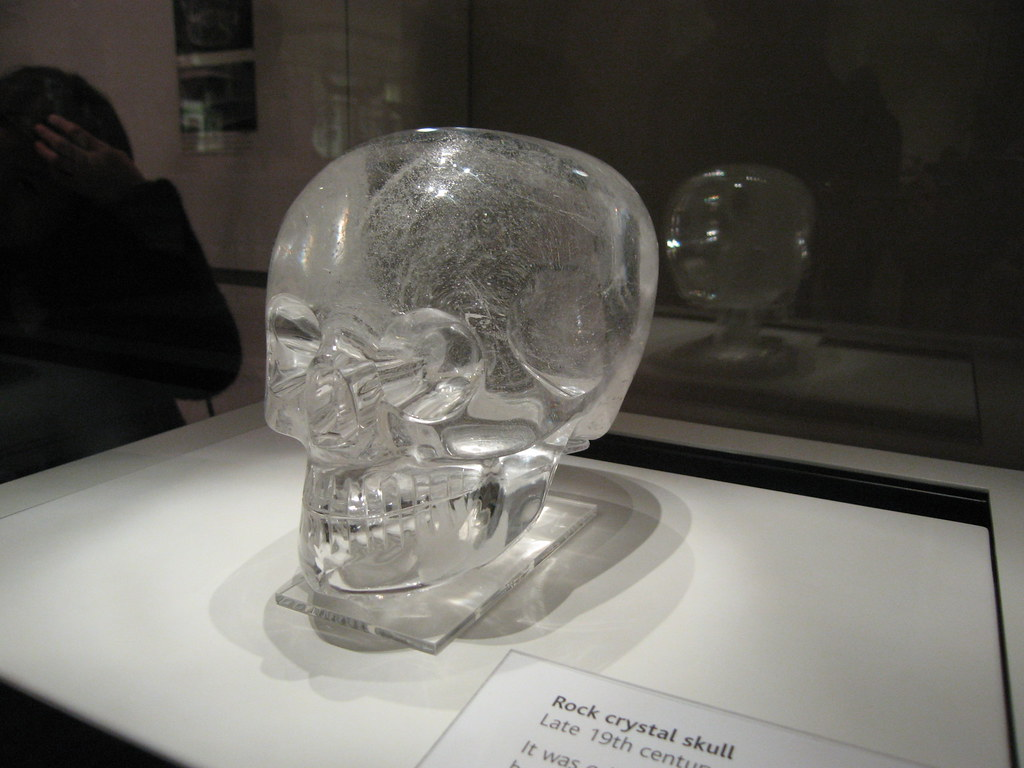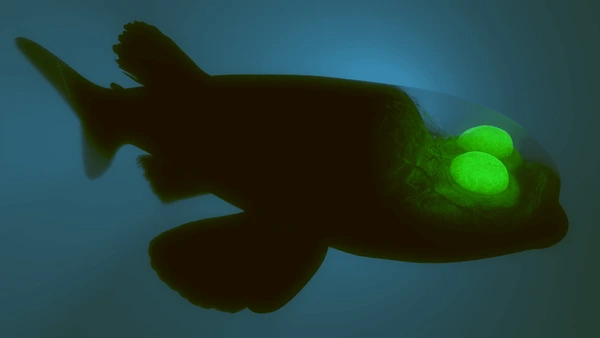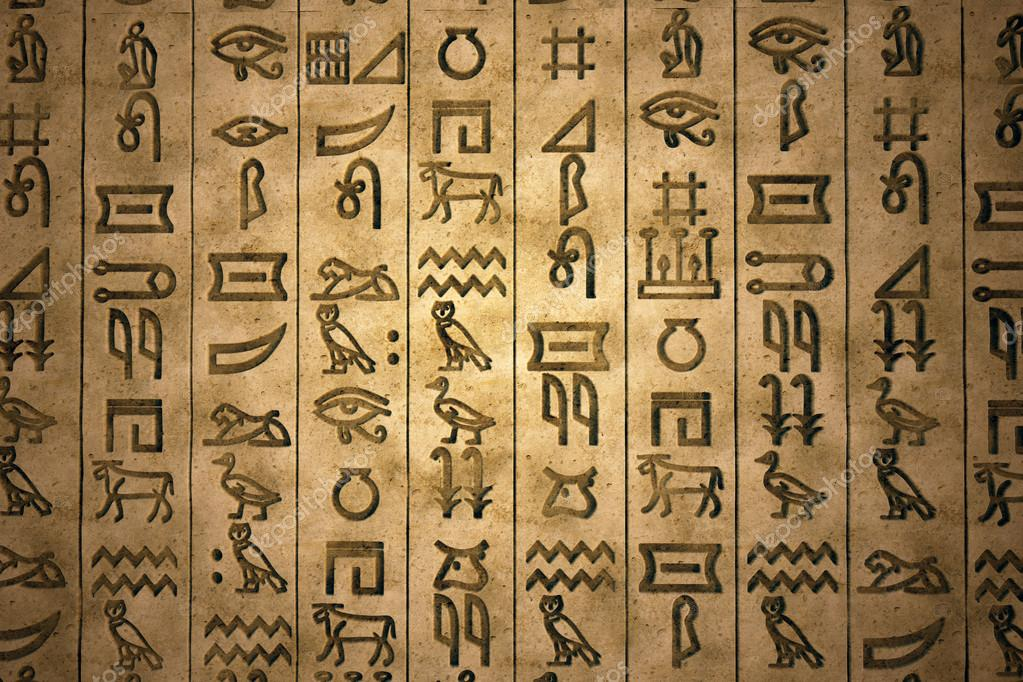For years, the world has been captivated by the top 10 unsolved mysteries. These have perplexed humanity for generations. With modern scientific advancements, some of these mysteries have been unraveled. For example, the mystery of the crystal skulls and the “Face on Mars.” However, there are still several enigmas waiting to be solved.
1. The Mystery of the Crystal Skulls

Many people’s knowledge of crystal skulls comes from the movie Indiana Jones and the Kingdom of the Crystal Skull. In the movie, the skulls were linked to mysterious extraterrestrials. These aliens were believed to have created ancient human civilizations. In reality, archaeologists cannot confirm that these skulls are of alien origin. However, the 13 mysterious crystal skulls discovered in areas like Honduras and Mexico remain puzzling. These skulls are often connected to the ancient Maya civilization and the pyramids. The skulls are made from high-purity transparent crystal and show no visible signs of tool cutting. This is baffling, as the precision of their crafting would be difficult to replicate with today’s technology. When a laser is directed into the skull’s nasal cavity, it emits a glow due to the prismatic properties of the surface.
In 2008, a research team from the UK and the US analyzed crystal skulls housed in the British Museum and the Smithsonian Institution. Their findings revealed minute rotational scratches around the eye sockets and teeth. These scratches suggested the use of a “rotary wheel” tool. This advanced method was unknown to the ancient Maya. The materials used, such as colorless Brazilian quartz, indicated that the skulls were likely produced in Europe. They were probably marketed as mysterious Maya artifacts.
Fun Fact: One of the most famous crystal skulls, known as the “Skull of Doom,” was held by Anna Mitchell-Hedges. She inherited it from her adoptive father, British explorer F.A. Mitchell-Hedges. According to Anna, the skull has the ability to emit blue light from its eyes. It has been known to cause computer hard drives to crash. The skull has never been scientifically tested, as the current owner refuses to allow it.
2. The Mystery of Virgin Birth in Sharks

In 2001, a bonnethead shark in the Henry Doorly Zoo in Nebraska gave birth to a pup. The mystery was that no male shark had been present in the tank for over three years. The only possible explanation was that the female shark had somehow stored sperm, which is a known phenomenon in some species. However, further investigation revealed that the shark reproduced via parthenogenesis, or asexual reproduction. This is one of the rarest reproductive methods in the animal kingdom. The pup had no father, making it the first known case of a virgin birth in a shark species.
Fun Fact: In 2008, scientists confirmed a second case of asexual reproduction in sharks at the Virginia Aquarium & Marine Science Center. A 5-foot-long Atlantic blacktip shark was found dead. A 10-inch pup was discovered inside its body. DNA testing confirmed that the pup had no genetic material from a male shark.
3. The Mystery of the Unknown Boy on the Titanic

In the days following the sinking of the Titanic, rescuers discovered the body of a young boy in the North Atlantic. However, his identity was never determined. He was buried in Nova Scotia, Canada, with a gravestone labeled “Unknown Boy.” In 2001, researchers at Ontario Lake Shore University began analyzing the body’s remains. They narrowed down the possible identities to four children: Gösta Paulsson, Eino Panula, Eugene Rice, and Sidney Goodwin. Initially, the boy was believed to be Eino Panula, but DNA testing in 2007 proved this was not the case. The boy’s identity was eventually confirmed as Sidney Goodwin, thanks to DNA matching with Goodwin’s relatives.
Fun Fact: Upon discovering the body, the rescue crew was so moved that they collected money to build a headstone. The inscription read “Our Child.” The boy was buried on May 4, 1912, with a copper pendant reading the same message.
4. The Mystery of the Barreleye Fish’s Transparent Head

The barreleye fish lives 2,500 meters below the ocean’s surface. It is known for its unique tubular eyes that collect light in the deep sea. Scientists were baffled by how these eyes, which can only see directly ahead, allowed the fish to survive and hunt in such dark depths. In March of this year, researchers using remotely operated equipment made an incredible discovery—the fish’s head is transparent, allowing its eyes to rotate freely. This transparent head extends the fish’s field of vision, enabling it to see prey above it.
Fun Fact: The barreleye fish’s eyes are not the small holes at the front of its head, as often assumed. Instead, they are large, green, round structures at the front. These eyes are protected by a transparent fluid-filled material that covers its head.
5. The New England “Black Day”

On May 19, 1780, a strange phenomenon known as the “Black Day” occurred in New England and parts of Canada. Due to the limited scientific knowledge of the time, many people connected the event to supernatural beliefs. For over 200 years, various explanations have been proposed. In 2008, researchers at the University of Missouri concluded that the phenomenon was caused by severe wildfires in Canada. These fires generated smoke that reached the upper atmosphere, creating the “Black Day” effect.
Fun Fact: During the “Black Day,” people had to light candles at noon. Night birds sang, flowers closed their petals, and animals behaved unusually.
6. The Acoustics of the Epidaurus Theatre

Located near Athens, Greece, the Epidaurus Theatre was built in the 4th century BCE and is one of the best-preserved ancient theatres. Despite its age, the theatre has remarkable acoustics that allow up to 15,000 people to hear the actors clearly without amplification. In 2007, researchers from Georgia Tech discovered that the limestone seats of the theatre had a filtering effect on low-frequency sounds. This minimized background noise and allowed the sound to travel clearly throughout the venue. However, how the ancient Greeks discovered this property of limestone remains a mystery.
Fun Fact: The theatre’s stage is a perfect circle, with a diameter of 19.5 meters. It likely contained an altar to Dionysus, the Greek god of wine.
7. The “Face on Mars”

The Cydonia region of Mars is home to a peculiar formation that resembles a human face. Initially captured by NASA’s Viking 1 spacecraft in 1976, this “Face on Mars” sparked speculation that it was evidence of an ancient Martian civilization. Subsequent images, however, showed no such face, and scientists believe the shape was simply the result of lighting and camera angles. In 2003, the European Space Agency’s Mars Express provided higher-resolution images, confirming that the “face” was merely a geological formation.
Fun Fact: The Cydonia region continues to intrigue planetary scientists, with some speculating that the region’s smooth northern plains may have once been an ocean in Mars’ distant past.
8. The “Universal Counterattack” Strategy in Chess

Chess has been a popular game for over 400 years. In 1989, computers calculated 500 million possible chess moves. In 1992, a computer program defeated Marion Tinsley, the world’s top chess player at the time. By 2007, the “Chinook” program developed by researchers at the University of Alberta could accurately calculate the best moves and was capable of achieving a draw against perfect opponents.
Fun Fact: “Chinook” is one of the most complex games ever solved. The 2007 breakthrough remains a milestone in computational game theory.
9. Translating the Ancient Sumerian Star Map

A circular clay tablet found in Iraq, dating back over 2,150 years, contained a star map with Sumerian hieroglyphs. For decades, scientists could not decipher its content. In 2008, researchers from the University of Bristol successfully translated it, revealing that it documented a Sumerian astronomer’s star observations and dated back to June 29, 3123 BCE. The map also contained details about the constellation Pisces, describing an asteroid collision in the Alps.
Fun Fact: The asteroid’s trajectory explained why no impact crater was found at the predicted collision site, as the asteroid collided with a mountain and exploded before hitting the ground.
10. The Mystery of Bee Flight

Bees are an essential part of daily life, but how they fly has baffled scientists for years. Despite their small size, their wings allow them to fly, but how they achieve this feat defied explanation. In 2005, researchers used high-speed filming and mechanics to discover that bees flap their wings at a frequency of 230 times per second. This allows them to remain airborne.
Fun Fact: To study how bees fly, researchers created an environment with a mix of oxygen and helium. This forced the bees to flap their wings even faster, allowing scientists to observe their flight mechanics more closely.
Conclusion
While many of these mysteries have been unraveled by modern science, some still continue to perplex and inspire researchers. Whether from the depths of the ocean or the surface of Mars, the world’s unanswered questions remain a testament to human curiosity and the ongoing pursuit of knowledge.

















